Find your matching life jacket
The most important thing on board is the right life jacket, but finding the right one is sometimes more difficult than you think. The water conditions, body weight and water sports clothing are factors that influence the choice of the right lifejacket. AWN offers you automatic lifejackets, lifejackets for children and dogs as well as armored lifejackets.
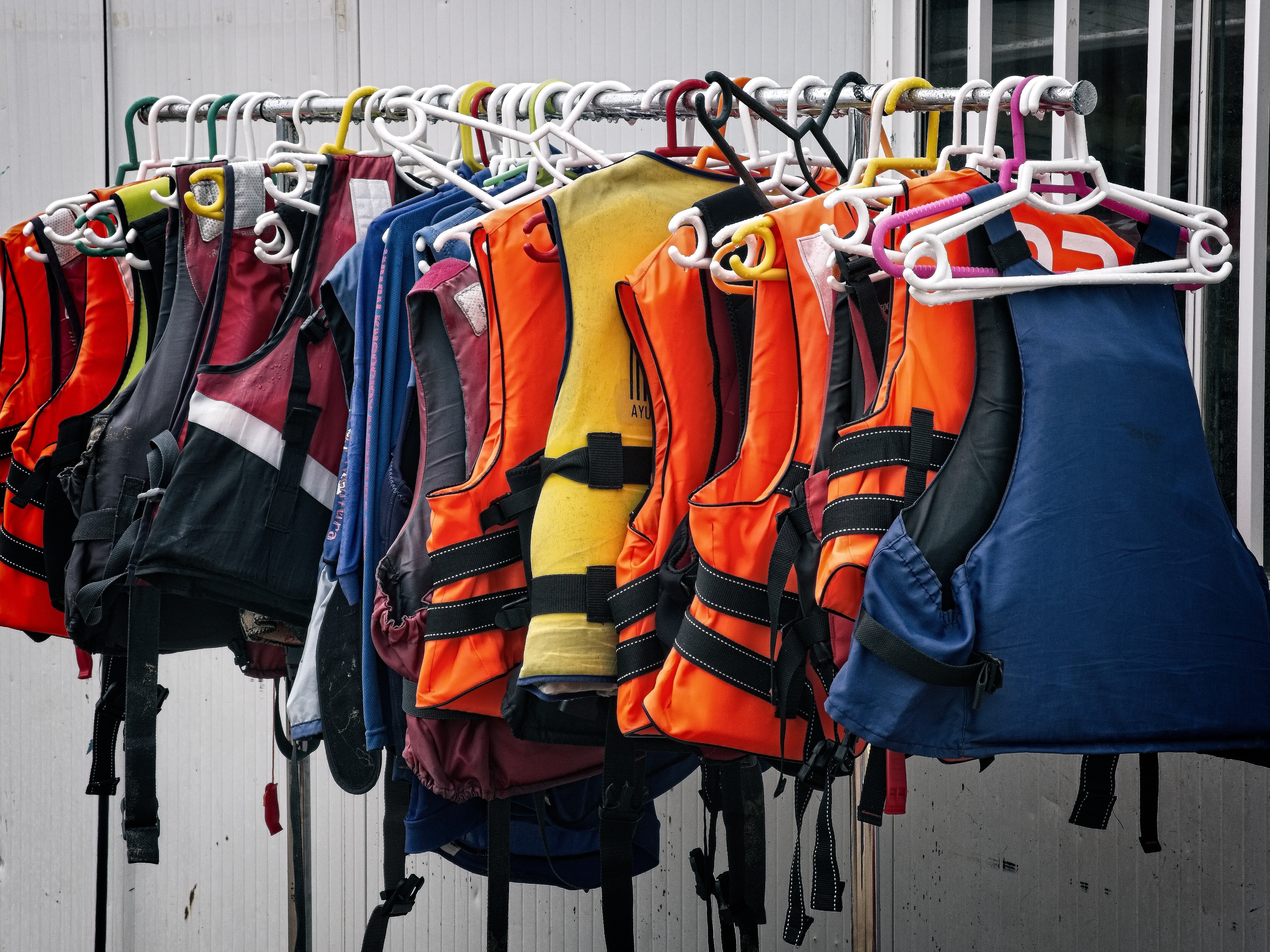
1. What should be considered when buying life jackets?
There are life jackets from different brands such as Secumar, Spinlock, awn or Marinepool. They differ not only in price, but also in their shapes, sizes and weight classes. The choice can sometimes prove to be more difficult. Here are a few key questions for you:
✅ Who uses the life jacket?
✅ What use is it intended for?
✅ What clothes are worn under the vest?
2. What is the importance of the buoyancy class of a lifejacket?
The buoyancy class is measured in Newton (N) and describes the physical unit of force. Lifejackets are divided into different buoyancy classes. Body weight plays a less important role in the choice than the area of application. For example, when sailing offshore, the lifejacket should have a buoyancy class of 275N, while in shallower waters a lower buoyancy is sufficient.
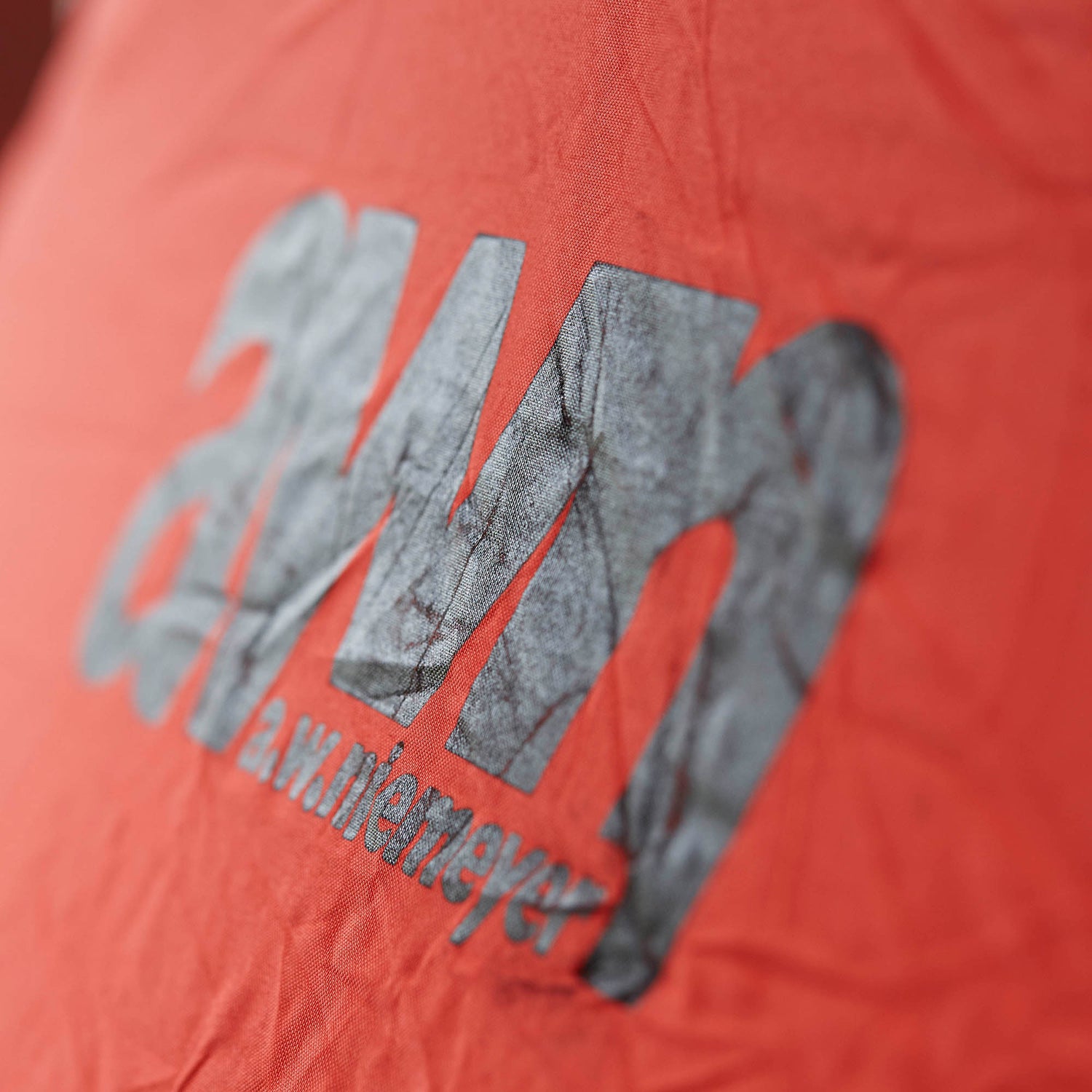
Our tip:
Only buy certified life jackets with the appropriate markings that stand for a type examination that has been carried out. These include the CE mark or the steering wheel mark.
If the life jacket has a GS test number, you have proof of regular production monitoring.
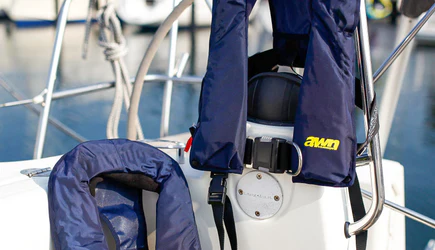
3. How do life jackets work?
Life jackets protect the wearer in the event of a person falling overboard and keep their head above the water. Even when fainting, the face is above water and the airways remain free. The correct buoyancy, which also depends on body weight, clothing and water, is decisive for a reliable rotation of the body.
4. What sorts of life jackets exist?
There are different versions of life jackets that are often used on boats: the classic solid life jacket and semi-automatic, automatic or manual life jackets. Find out more about the different types of lifejackets and their benefits here.
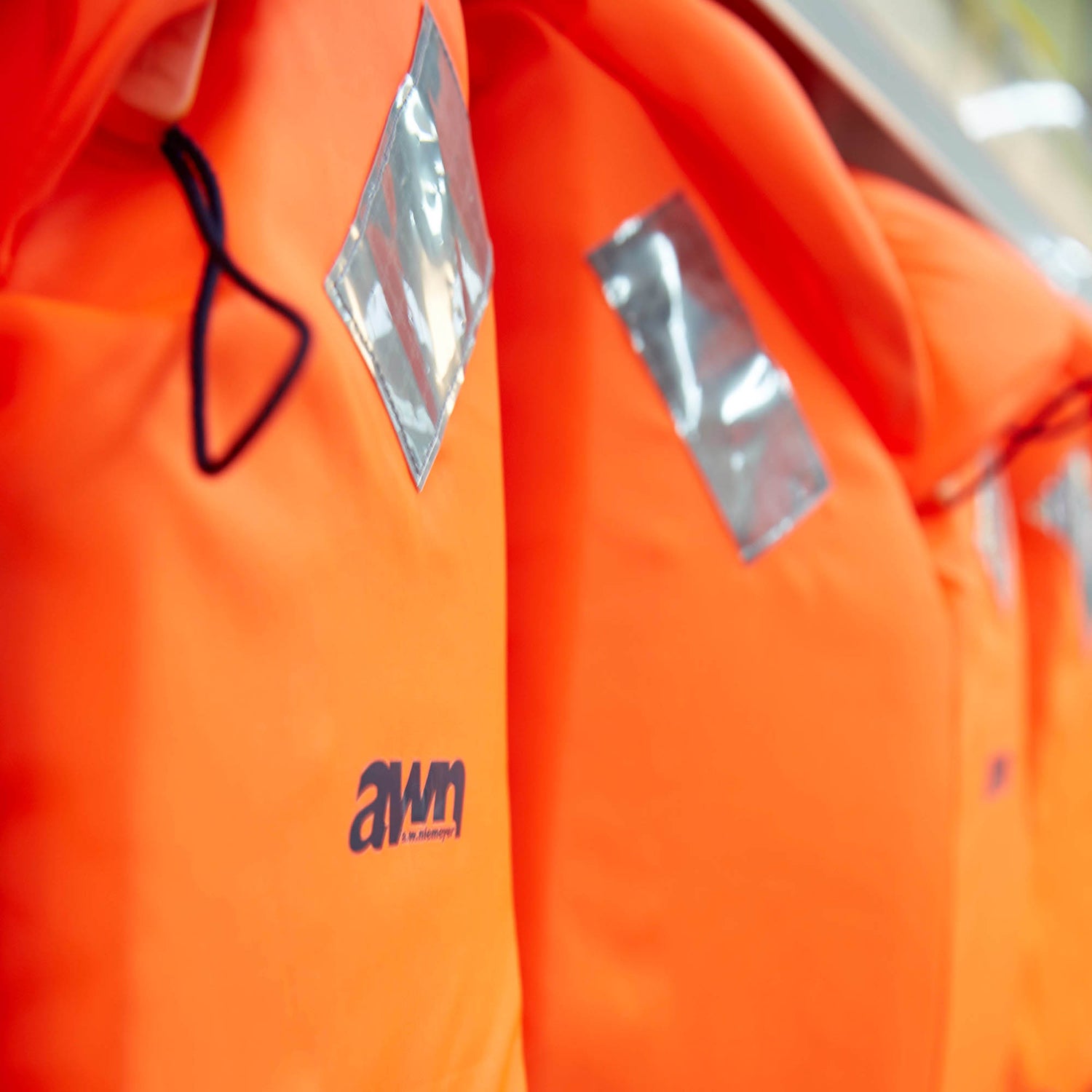
4.1 The solid vest as an inexpensive classic
4.2 Automatic life jackets with automatic trigger
An automatic lifejacket contains a gas cartridge which, when deployed, releases its gas into the lifejacket's floats, causing it to inflate. After the gas has escaped into the buoyancy chambers, the buoyancy turns the wearer onto their back, making the lifejacket non-fainting, keeping the airway clear and stabilizing the head. Note: After triggering, a replacement cartridge must be inserted. An original cartridge should always be used. It is also advisable to always have spare cartridges on board.
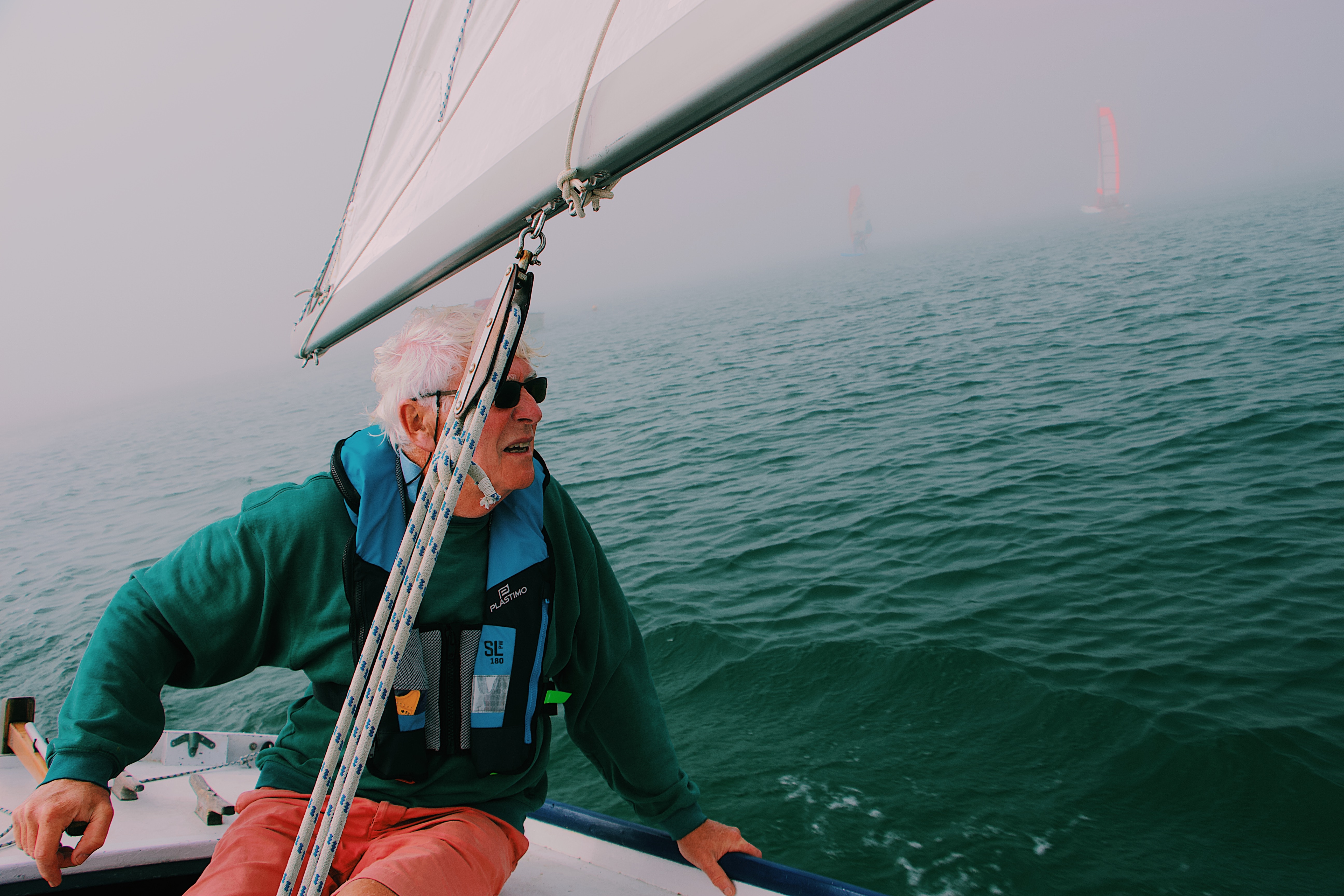
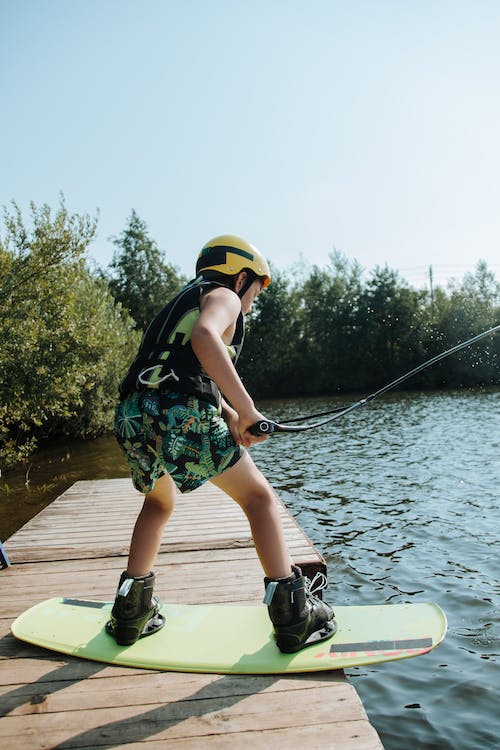
4.3 Life jackets for kids
The children's life jacket should be perfectly adapted to the size and weight of the child. Life jackets are usually available in bright colors so that children floating in the water can be seen clearly. Children's life jackets are available as solid and automatic jackets. Most of these are also equipped with a signal whistle so that the child can draw attention to itself.
4.4 Swimming aids for animals
Protect your pets on board with the matching life jackets from awn. We have designed matching pet life jackets so you can bring your dogs and cats on board with you with complete peace of mind.
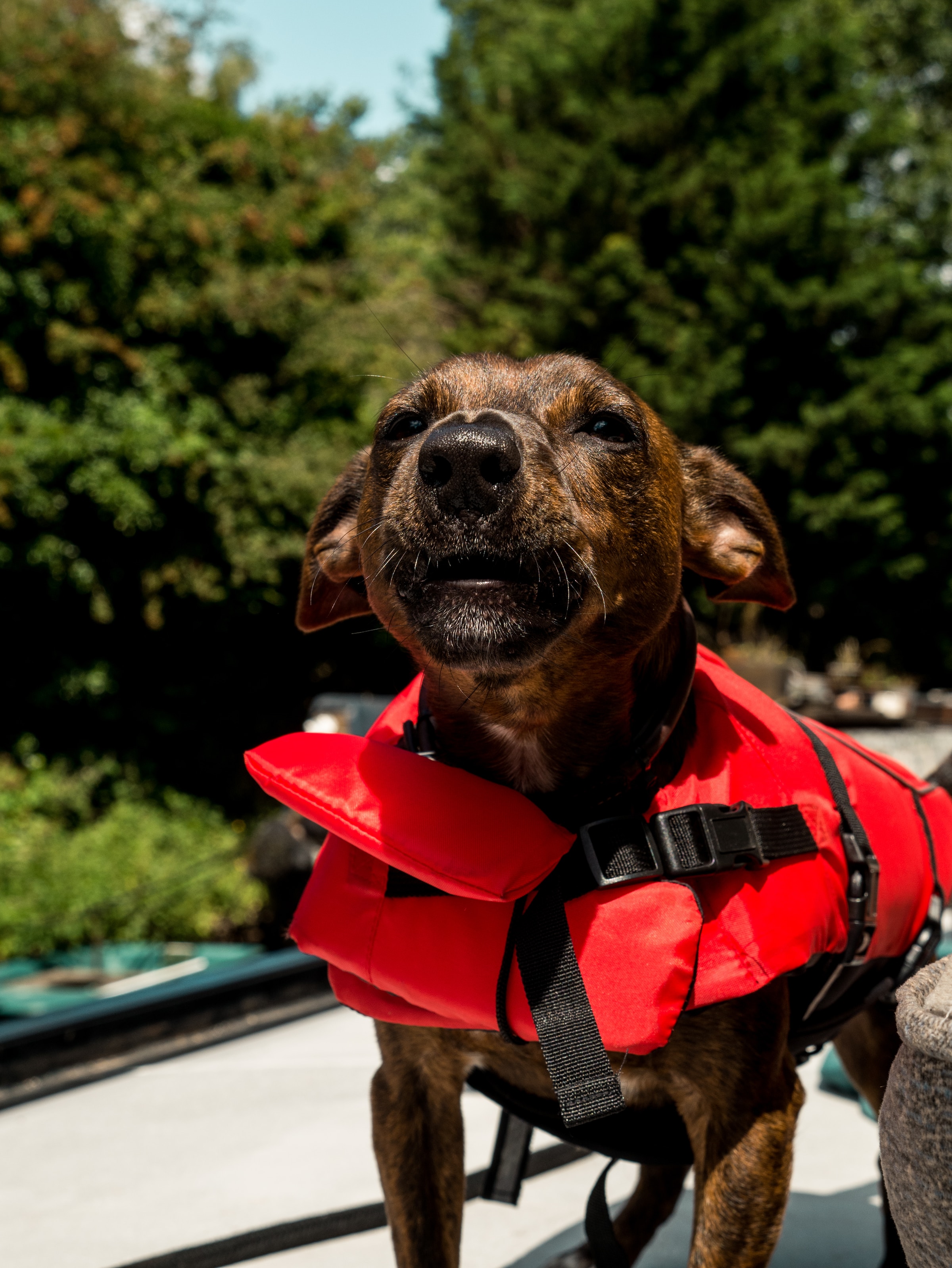
5. Life jacket equipment
As a rule, automatic life jackets are equipped with an additional mouth valve, which ensures that air is added and deflated, a signal whistle and several reflectors. A lifejacket light that activates automatically upon contact with water is an additional way to draw attention in the event of a rescue. In addition, we recommend a lifeline to pick in, which protects against falling overboard.
